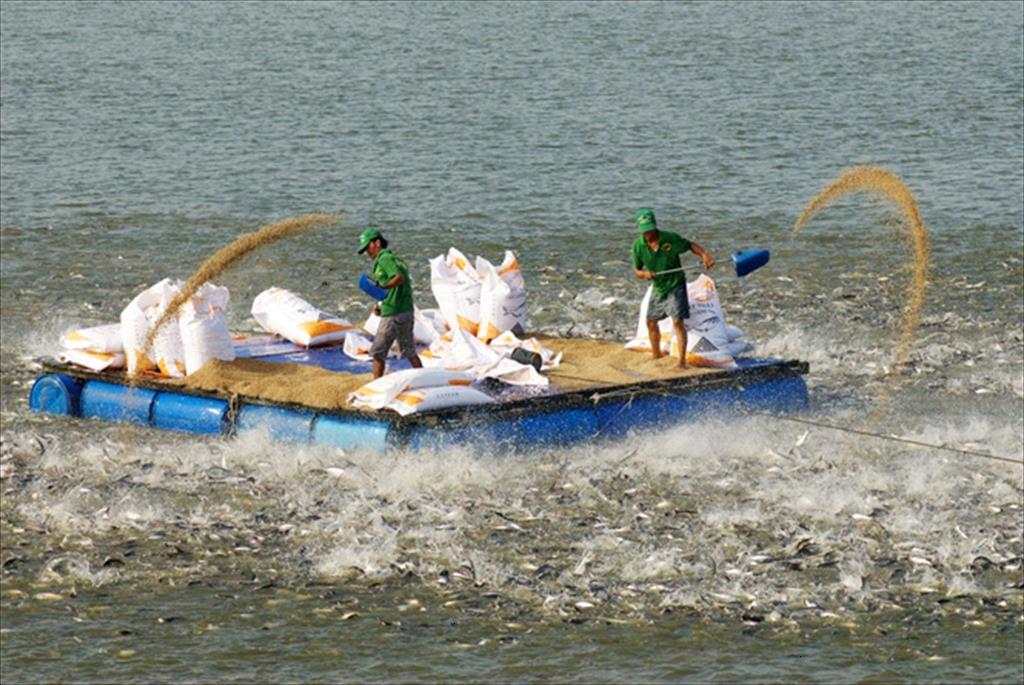An Giang is one of the provinces with strengths in agricultural production, in which rice and fishery products are strategic commodities of the province, which is increasingly expanding in scale, improving quality, meeting the needs of consumption and export demand. In which, export pangasius fillet is one of the potentials for agricultural economic development of the province.

Director of the Department of Agriculture and Rural Development Nguyen Si Lam said that up to now, the province has 1,049ha of aquaculture areas owned by enterprises and households associated with enterprises, accounting for 85% of commercial pangasius farming area. Products. Having certified the area and agricultural enterprises applying high technology for 2 aquaculture enterprises with an area of 254.63ha, including: The concentrated nursery area of Vietnam - Australia Pangasius Joint Stock Company (104.63ha); concentrated nursery area Nam Viet Binh Phu Aquaculture One Member Company Limited (150ha). Thereby, it not only contributes to ensuring a stable source of raw materials for large-scale production, but also orients sustainable seafood exports for enterprises. From the beginning of the year until now, the output of pangasius is more than 379,000 tons, other fish are more than 72,500 tons, giant freshwater shrimp has harvested 22.2 tons and produced 1.6 billion pangasius fingerlings...
According to Vice Chairman of An Giang Provincial People's Committee, Tran Anh Thu, the province has set a target that by 2030, the growth rate of fishery production value will reach 5% per year. To develop aquaculture area of 3,500 ha, of which farming area for pangasius for export is 1,550 ha, area for crayfish farming is 1,500 ha, the total volume of cage fish farming is more than 1,057 million m3. Total aquatic production is 621,180 tons/year, of which pangasius production is 482,755 tons/year, giant freshwater shrimp production is 1,500 tons/year, tilapia, red tilapia 34,000 tons/year. Inland fishery production will maintain the level of 15,000 tons/year. At least two provincial-level inland aquatic resource protection zones will be established in combination with tourism development. Build 3-5 artificial shelters for natural inland aquatic species in natural aquatic ecosystems.
By 2030, all key aquaculture areas will be registered with their farming codes and 80% will be certified with aquaculture standards (GAP, ASC, BAP...). Develop areas for ecological aquaculture, organic farming, cage farming and combination farming. To develop aquaculture for ornamental and recreational purposes in cities, urban areas and tourist areas. To encourage the development of aquaculture in association with educational, tourist and sightseeing activities. Striving for the value of seafood export turnover to reach 500 million USD, doubling the value of turnover compared to 2020. Towards building brands and geographical indications for key and typical seafood products of the province. meet the requirements of international trade integration. By 2045, the province strives to develop the fisheries sector's economy to play a central role in the agricultural economic structure. Promote the application of scientific advances, information technology, and digital technology in management, production of aquatic products, and e-commerce transactions.